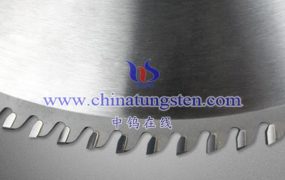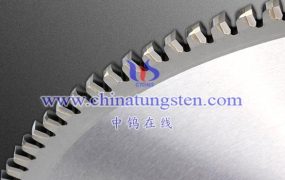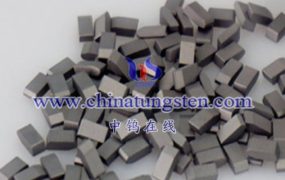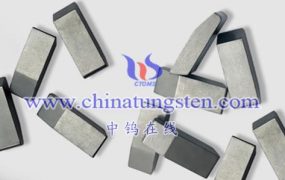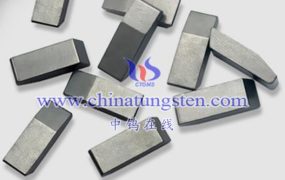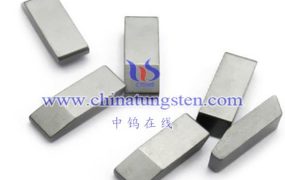There are mainly the following types of carbide saw blades:
- Flat teeth: used for sawing ordinary wood. The cost is low, but the saw edge is rough.
- Left and right teeth: suitable for slitting and cross-cut sawing of various soft and hard materials and particle boards. The left and right teeth equipped with anti-rebound protection teeth are suitable for longitudinal cutting of various boards with tree knots. The left and right teeth with negative rake angles Tooth saw blades are usually used for sawing veneer panels due to their sharp teeth and good cutting quality.
- The combination of trapezoidal teeth and flat teeth: high sawing quality can be obtained without a grooved saw blade, and there will be no veneer cracking during sawing. It is suitable for sawing various double-veneered artificial boards.
- Tapered teeth: often used in the groove saw blades of panel saws. When sawing double-veneered artificial boards, the groove saw completes the grooving process on the bottom surface, and the main saw completes the sawing process of the board to prevent saw kerfs. Collapsing occurs.
- Arc teeth: used for longitudinal and yellow sawing of wood or processing of plywood and blockboard.
- Triangular teeth and arc teeth: used on saws without scribing saws, such as vertical electronic cutting saws, with a rake angle of -60 degrees; or used on sliding table saws without scribing saws, with a rake angle greater than 0 degree.
- Arc chamfering teeth: used on saw machines without scribing saws.
- Bevel-ground chamfering teeth: used on the main saw blade of electronic cutting saws or post-formed scribing saws. The sawing quality can meet the requirements of direct edge sealing.
These types cover most types of carbide saw blades, and of course, as technology continues to develop, more new types may appear.

More details of tungsten carbide product, please visit website: http://tungsten-carbide.com.cn/
Please contact CHINATUNGSTEN for inquiry and order of tungsten carbide:
Email: sales@chinatungsten.com
Tel.: 86 592 5129595
